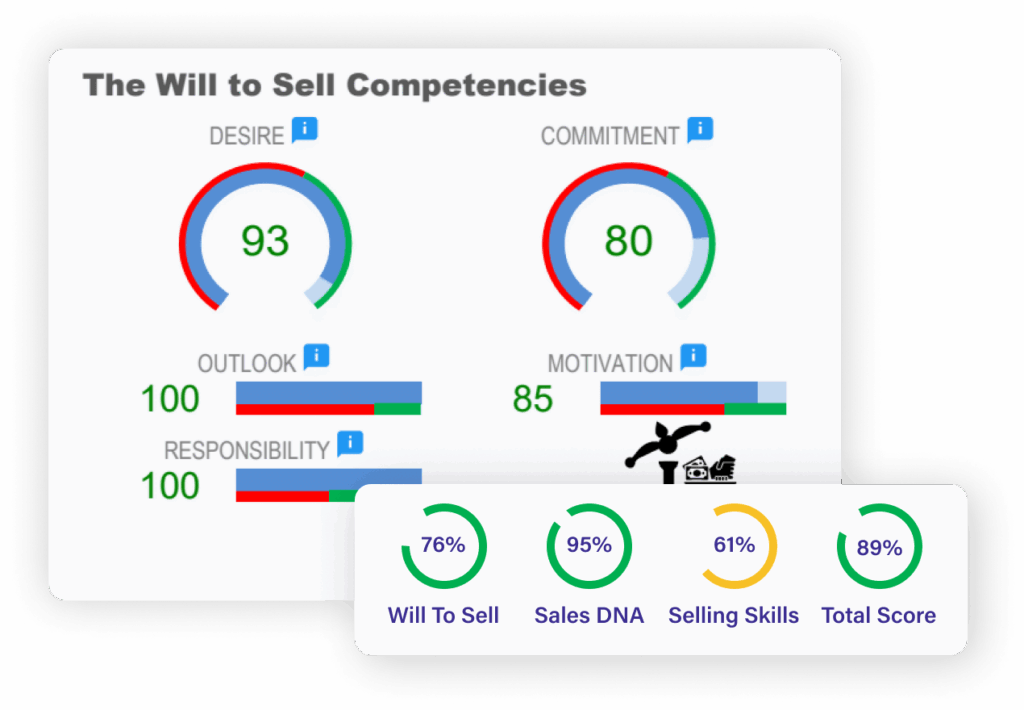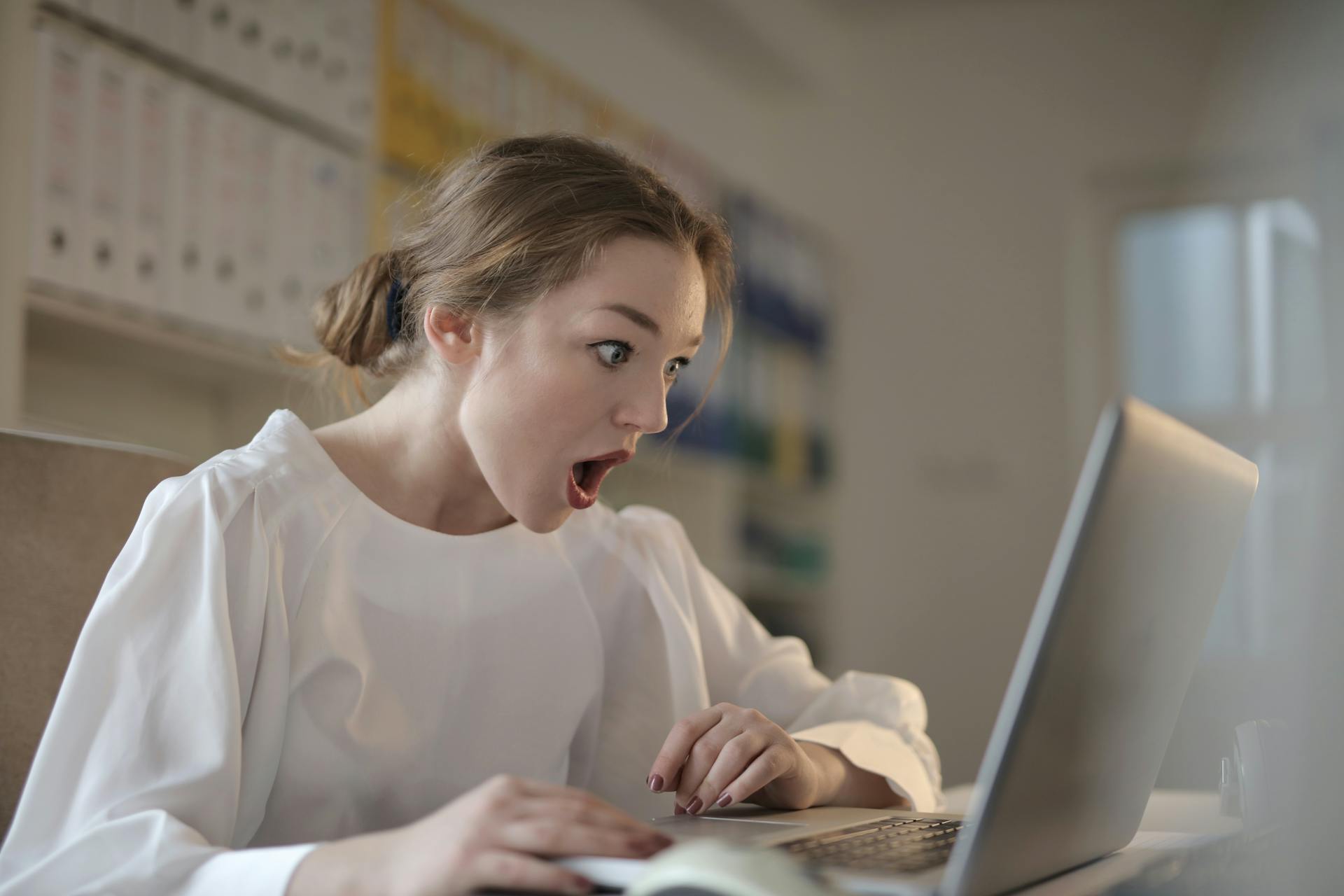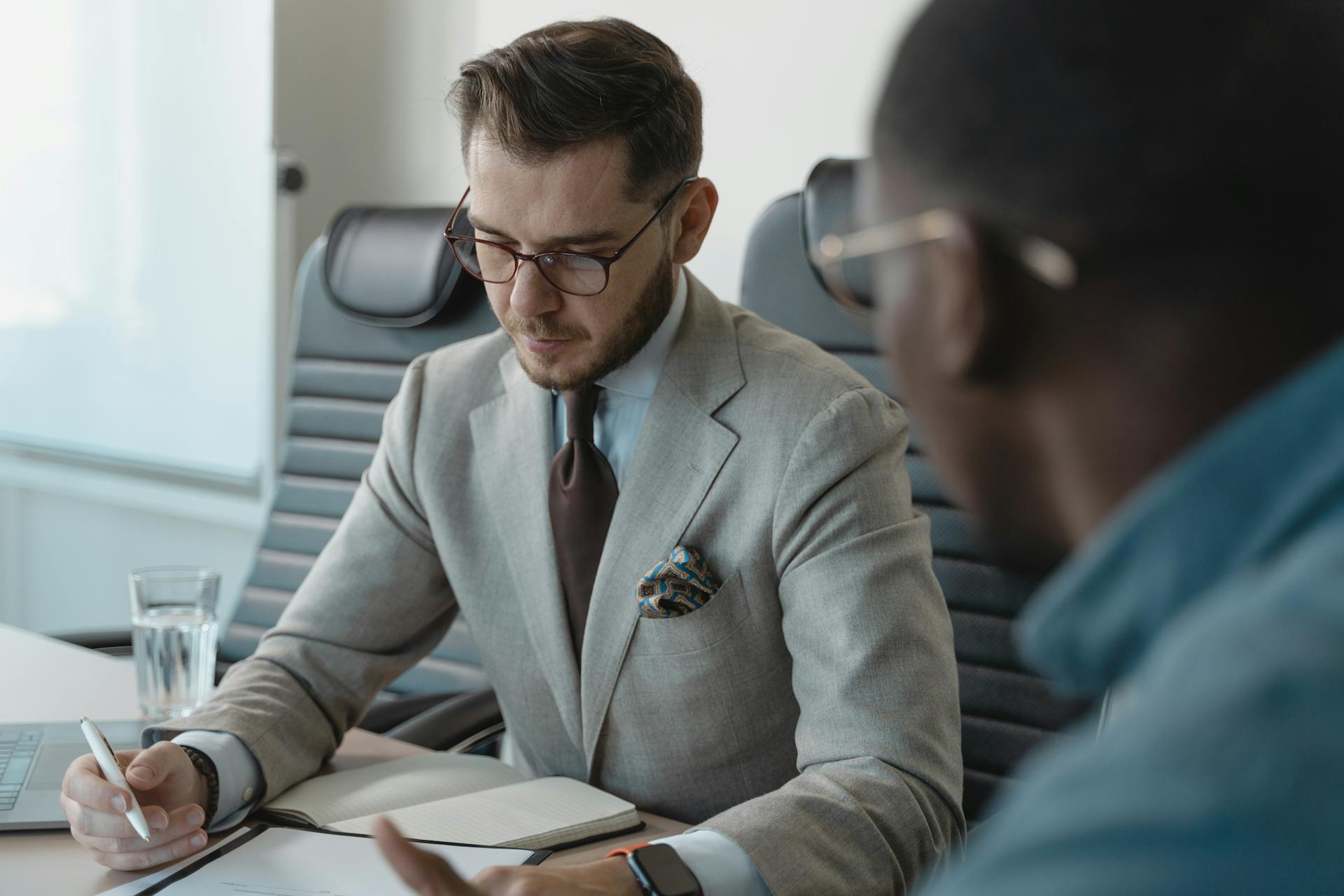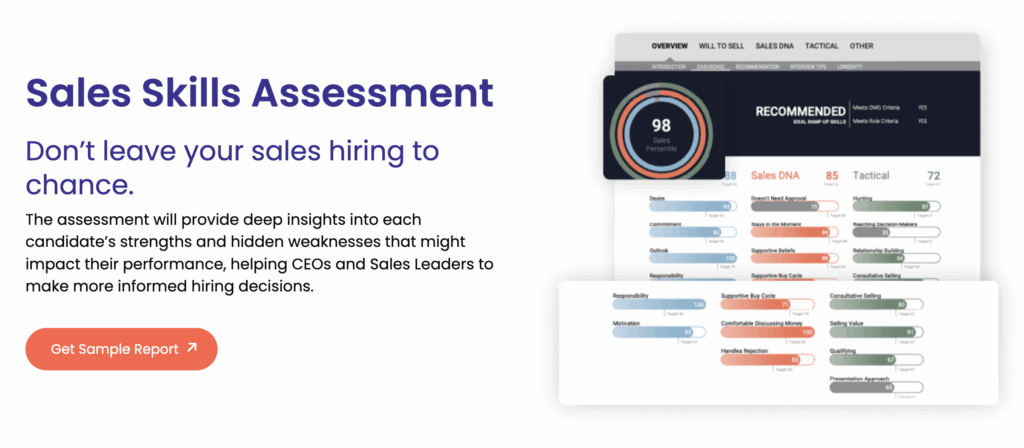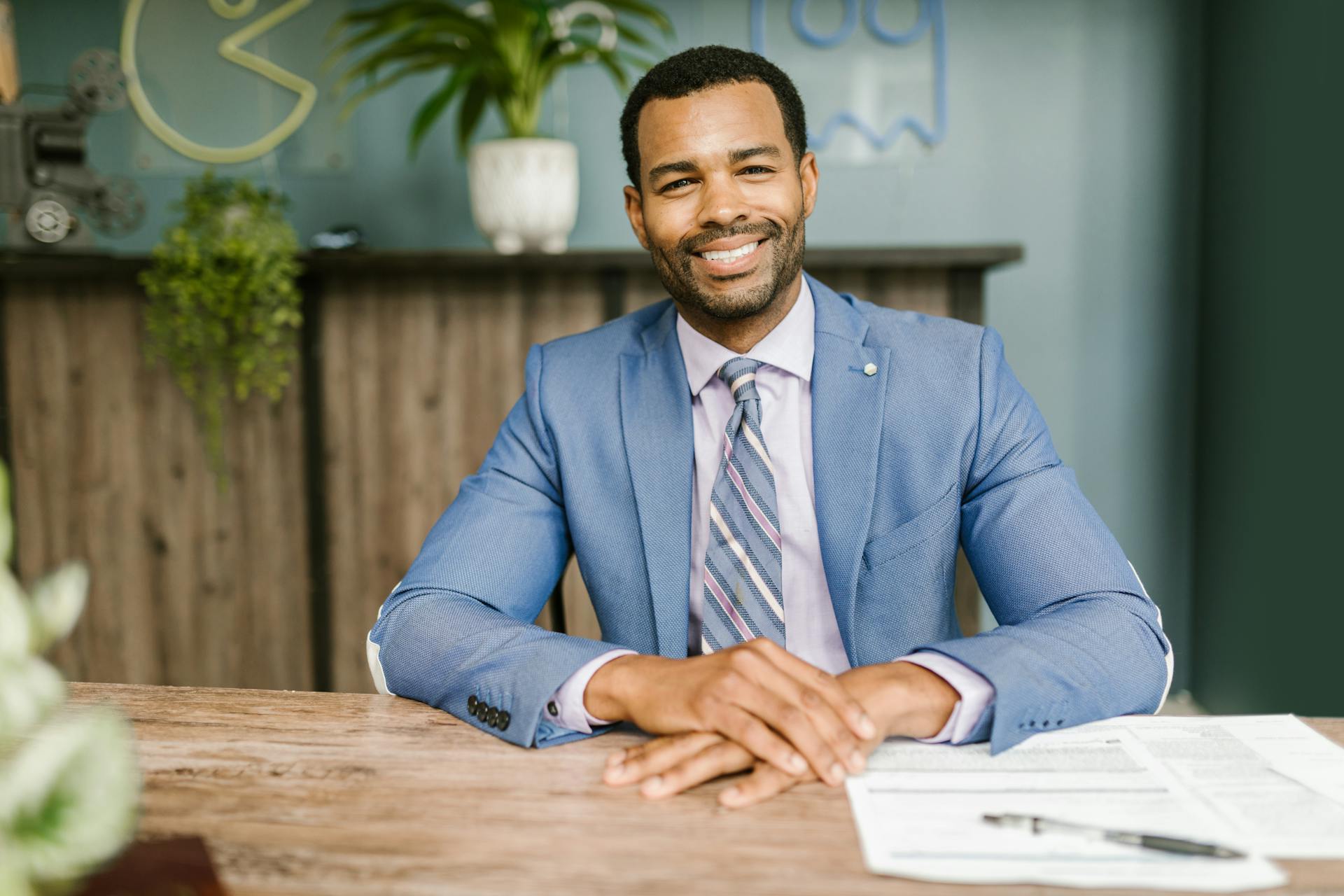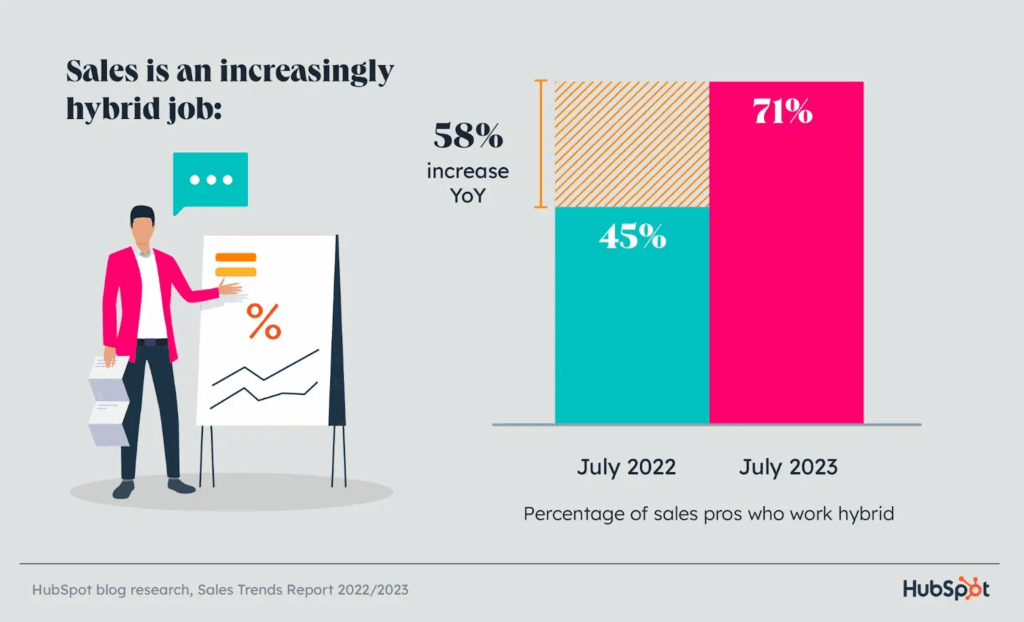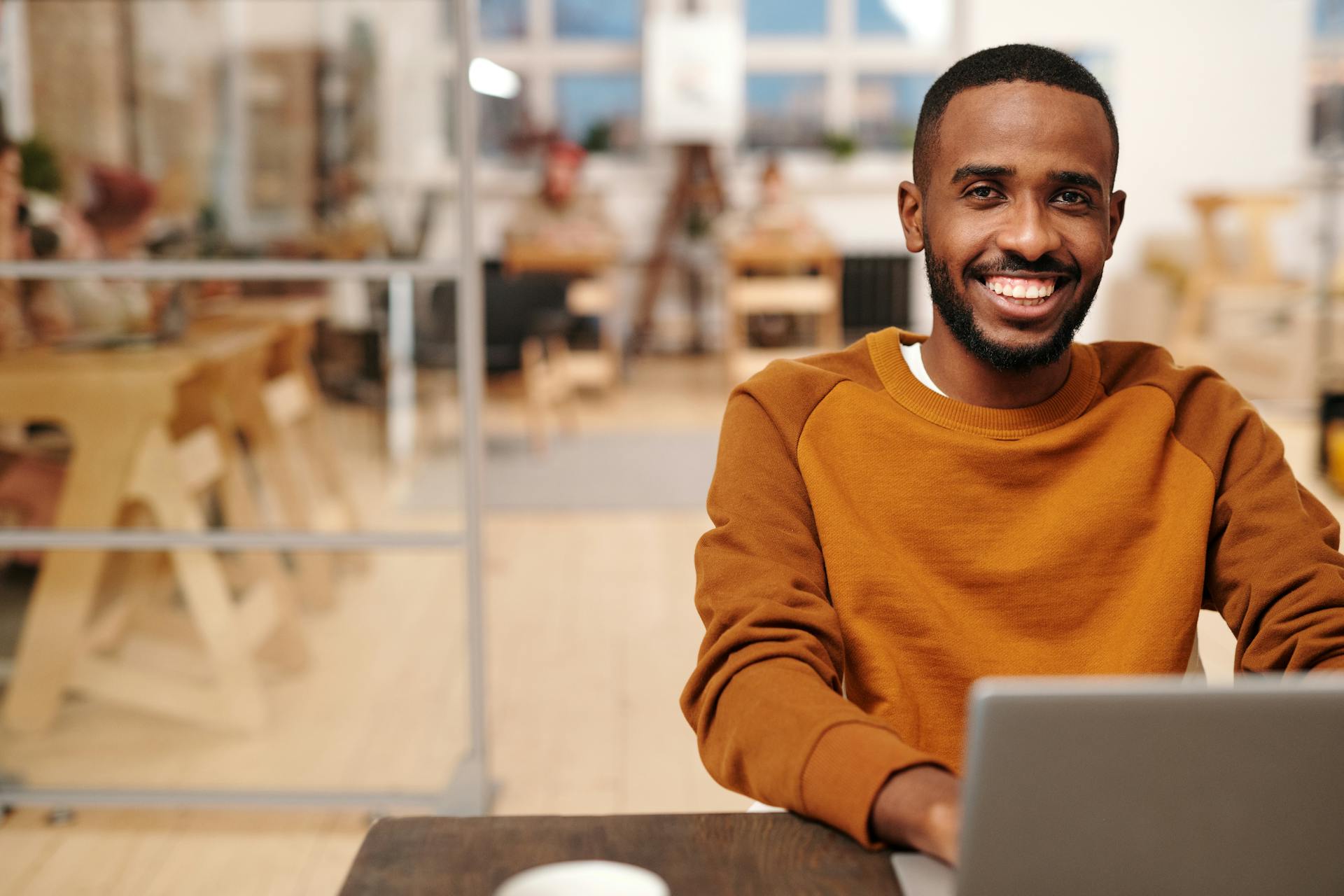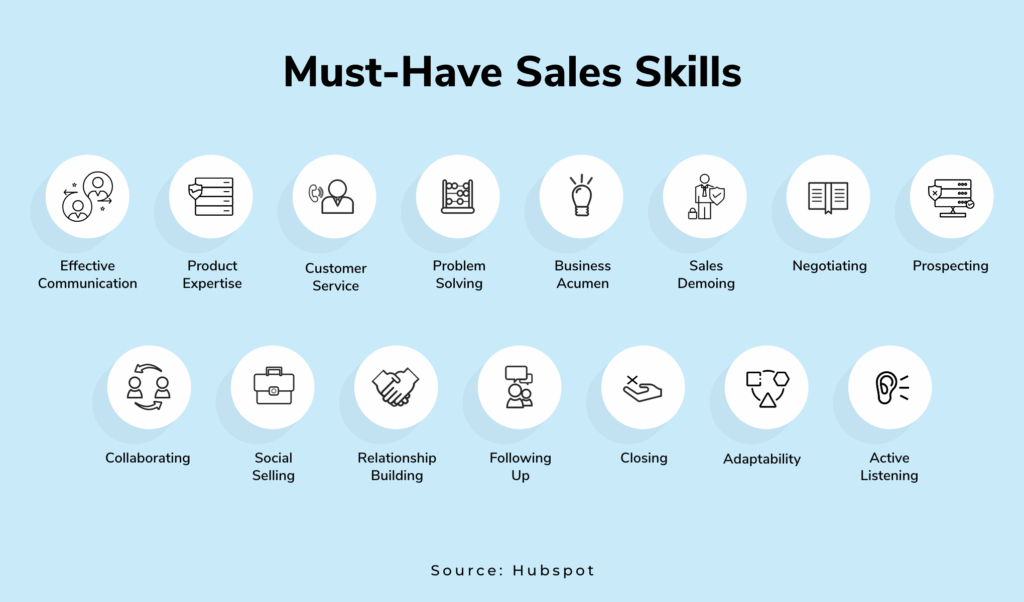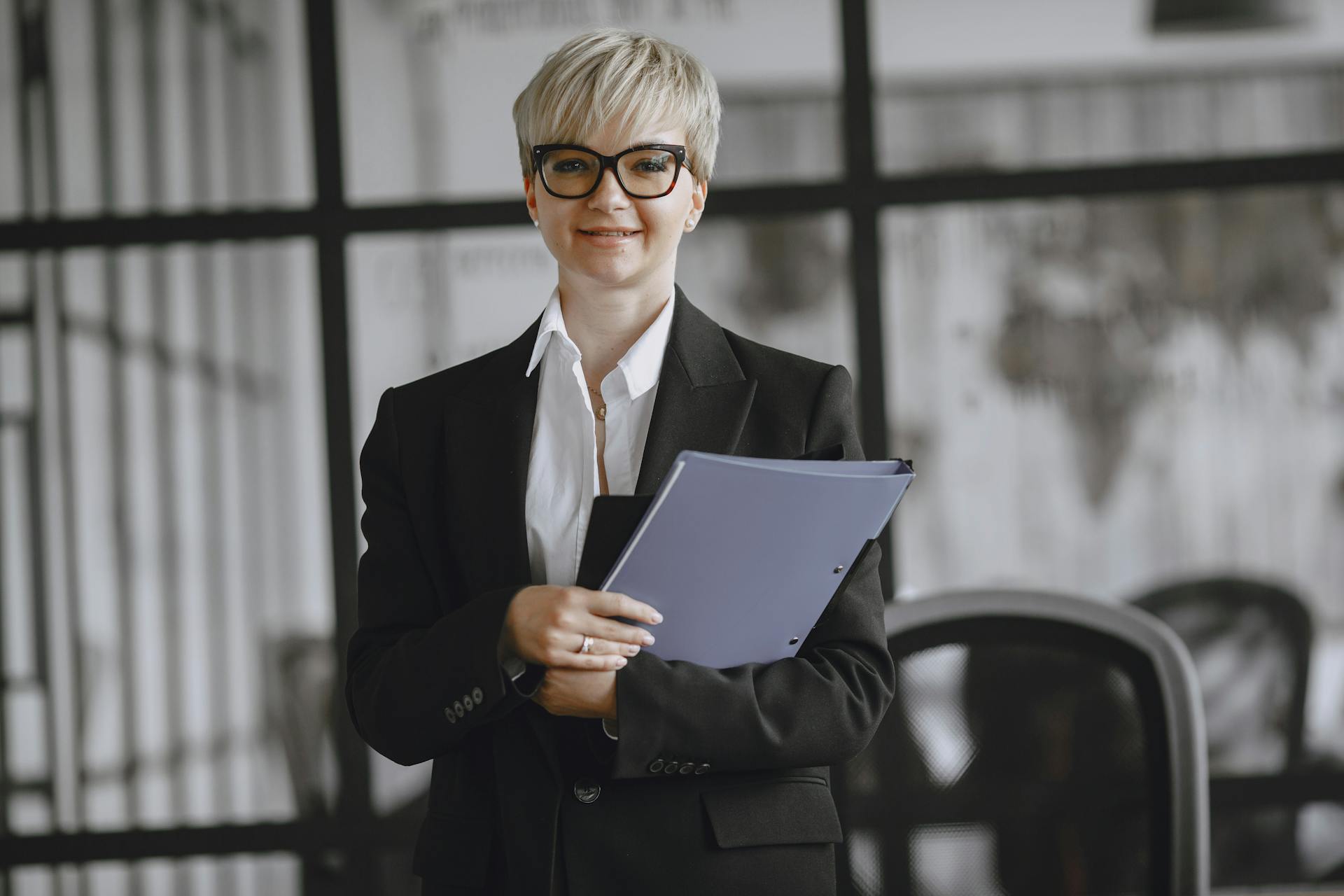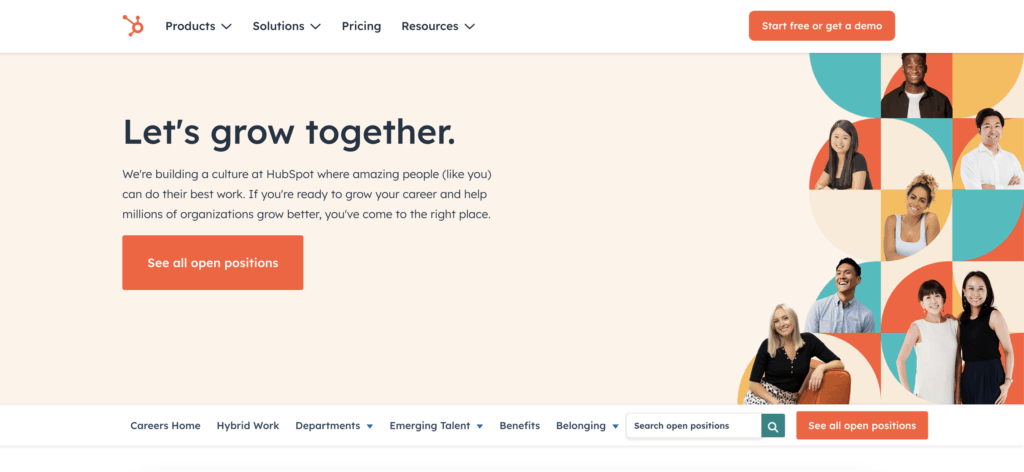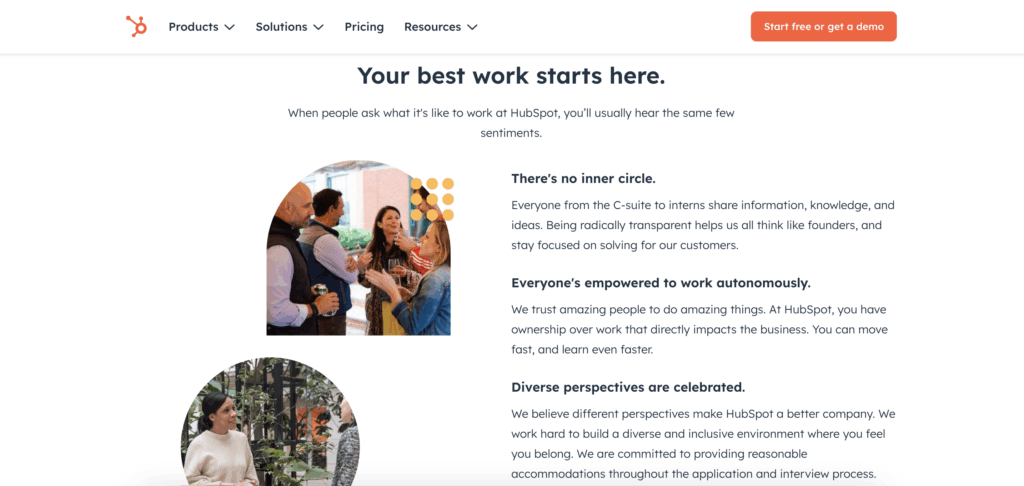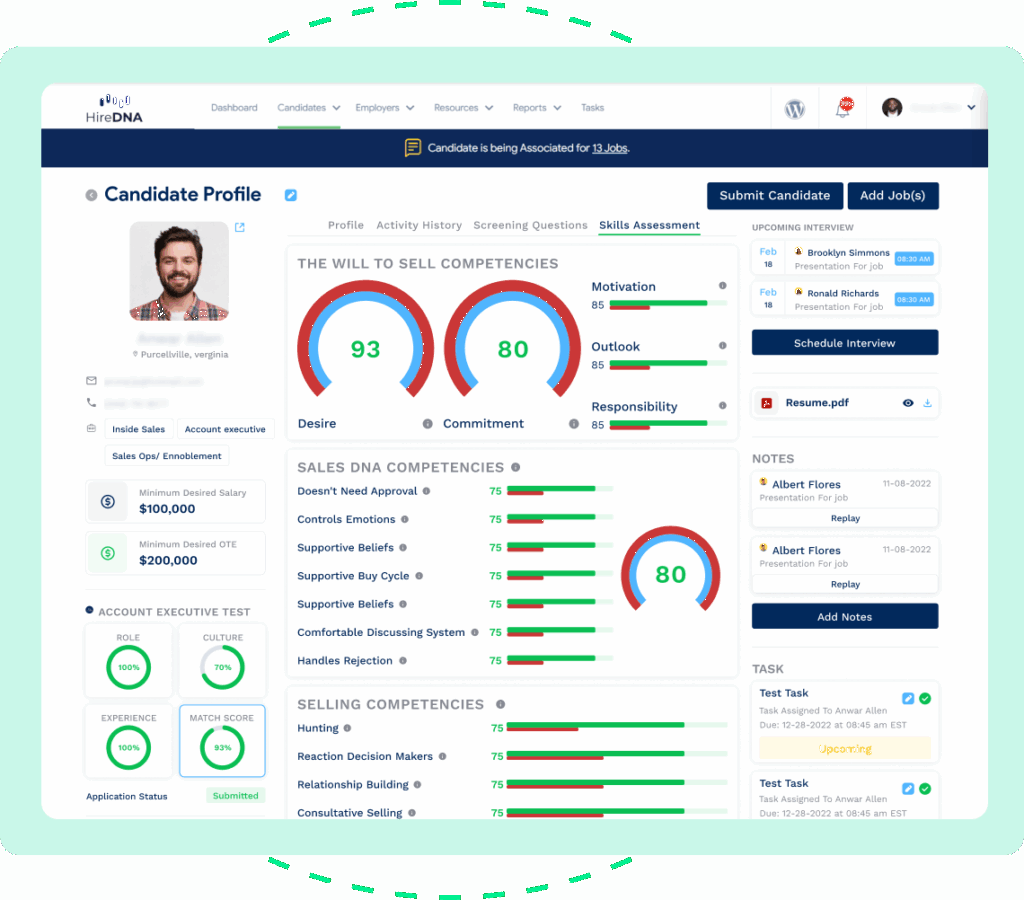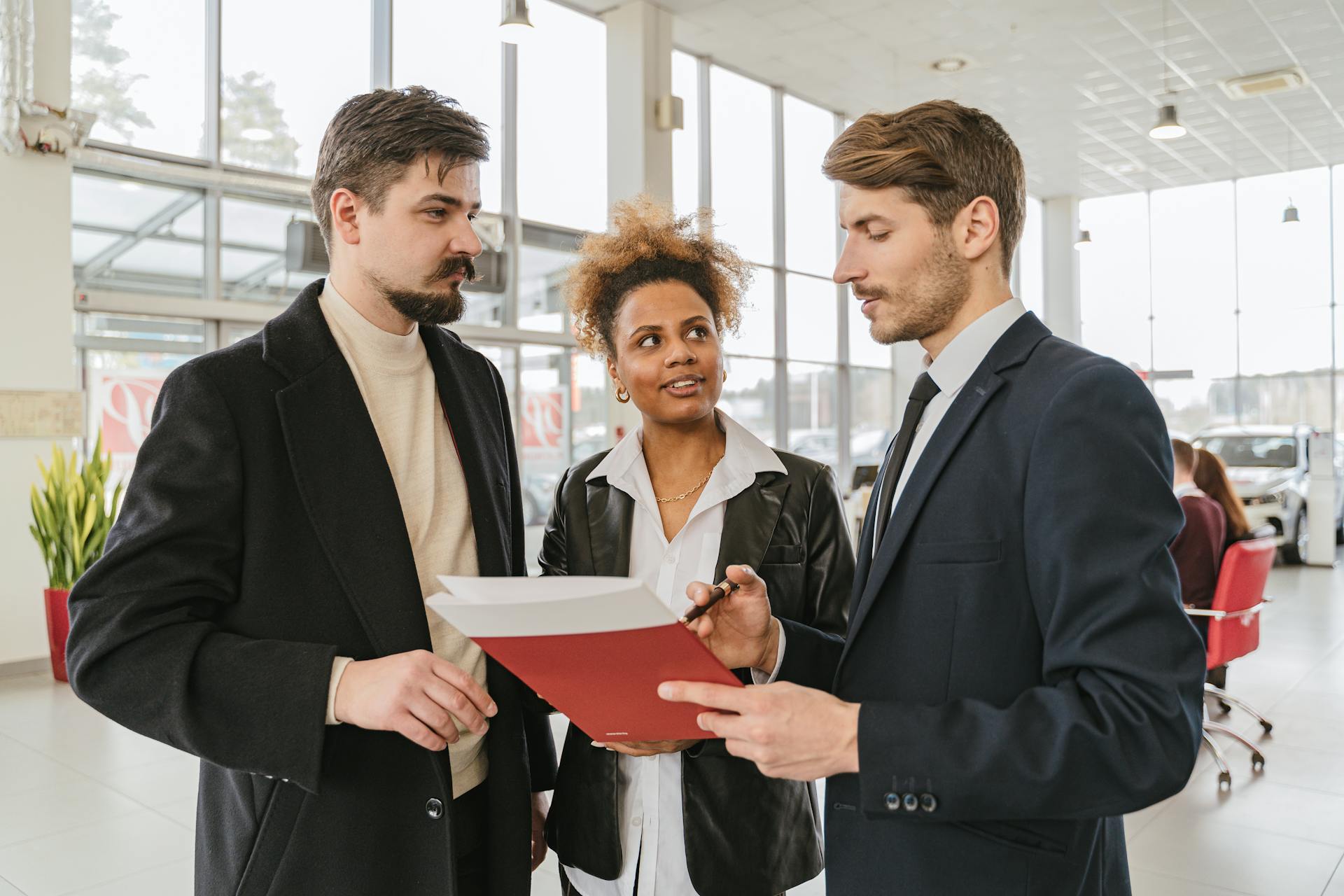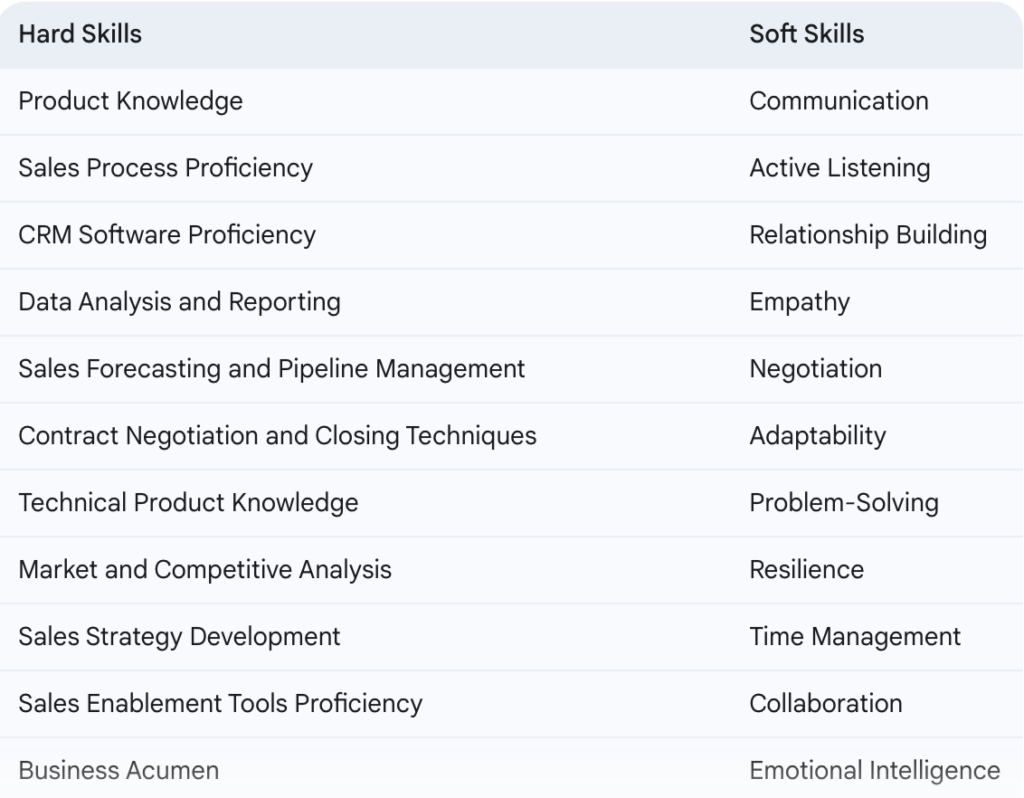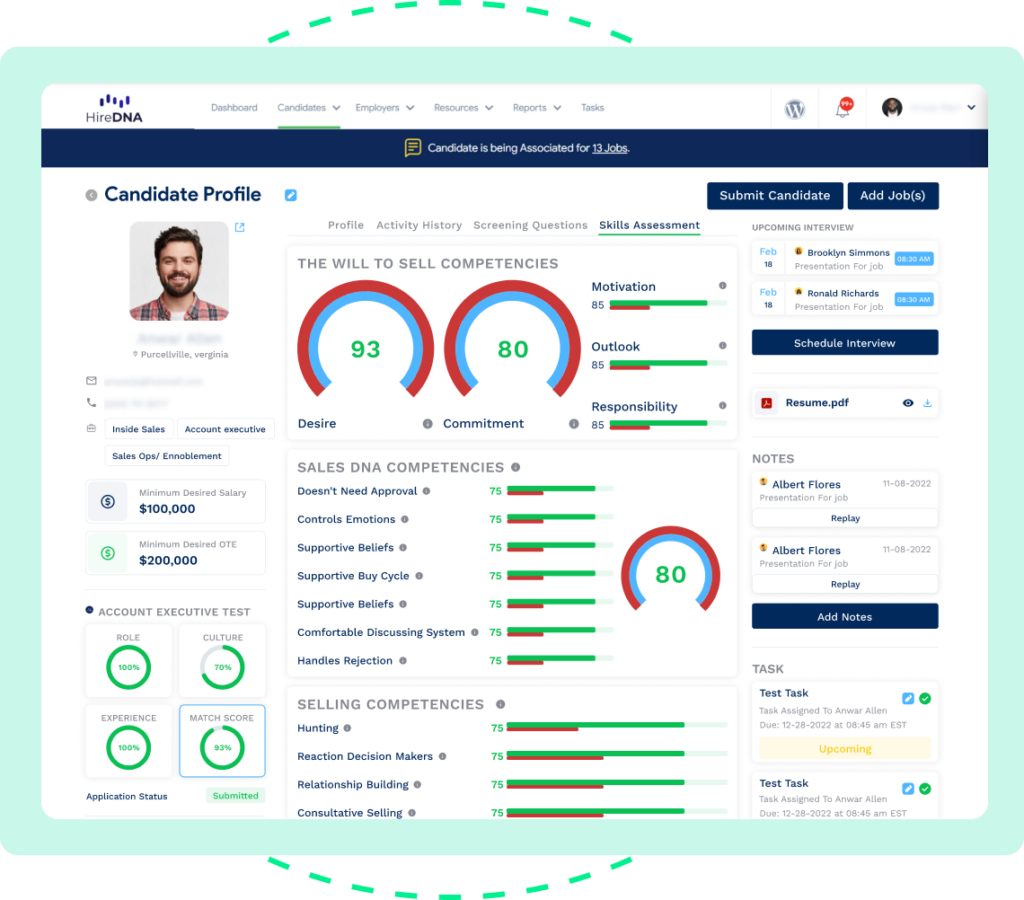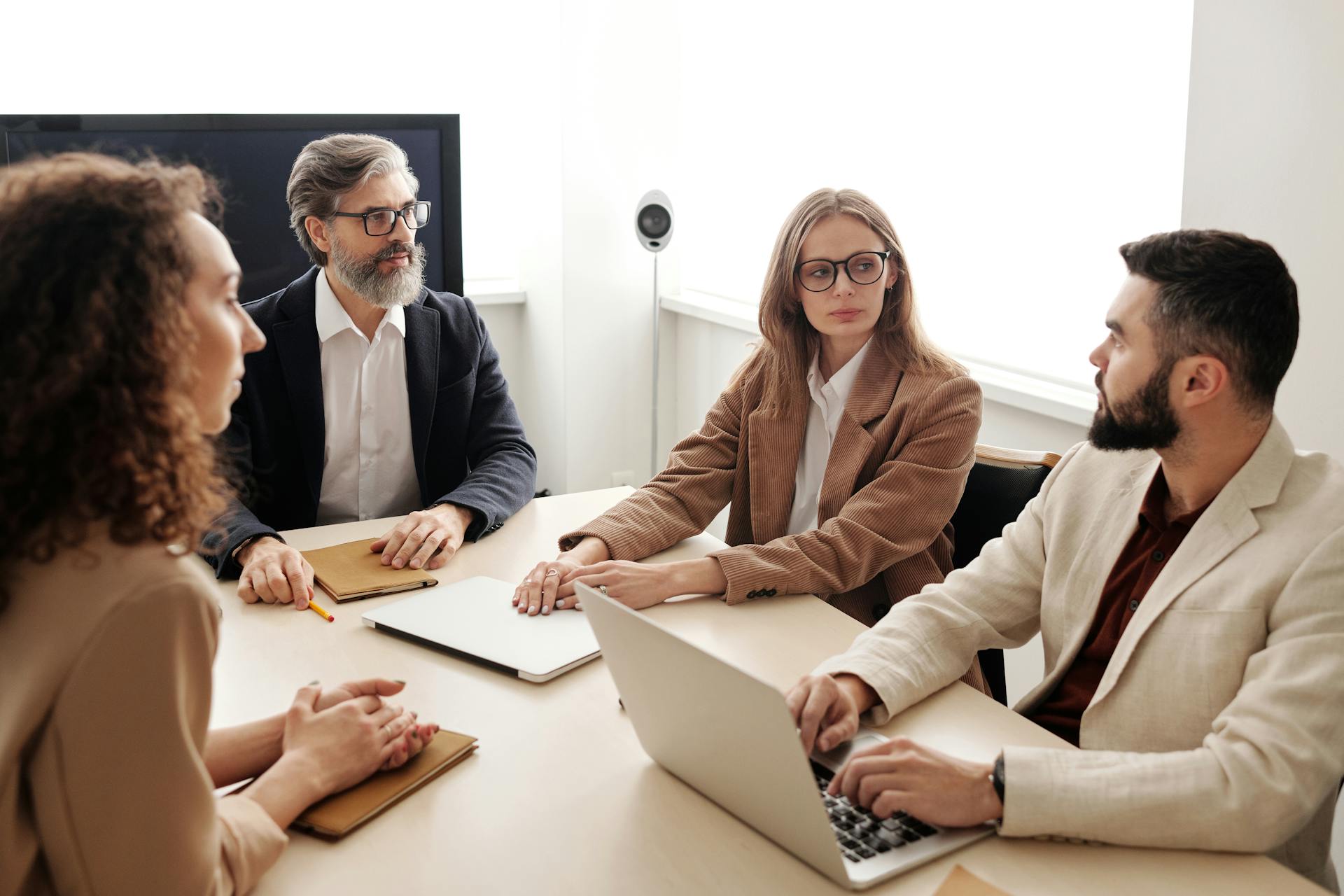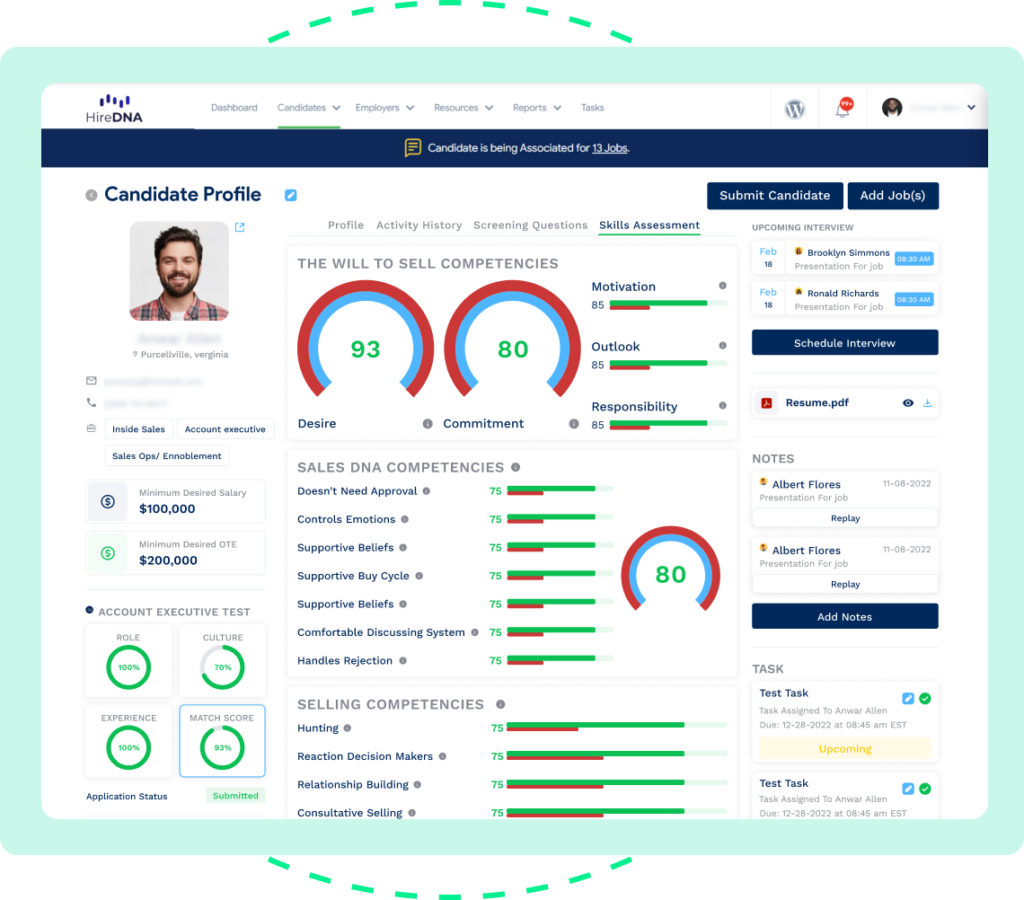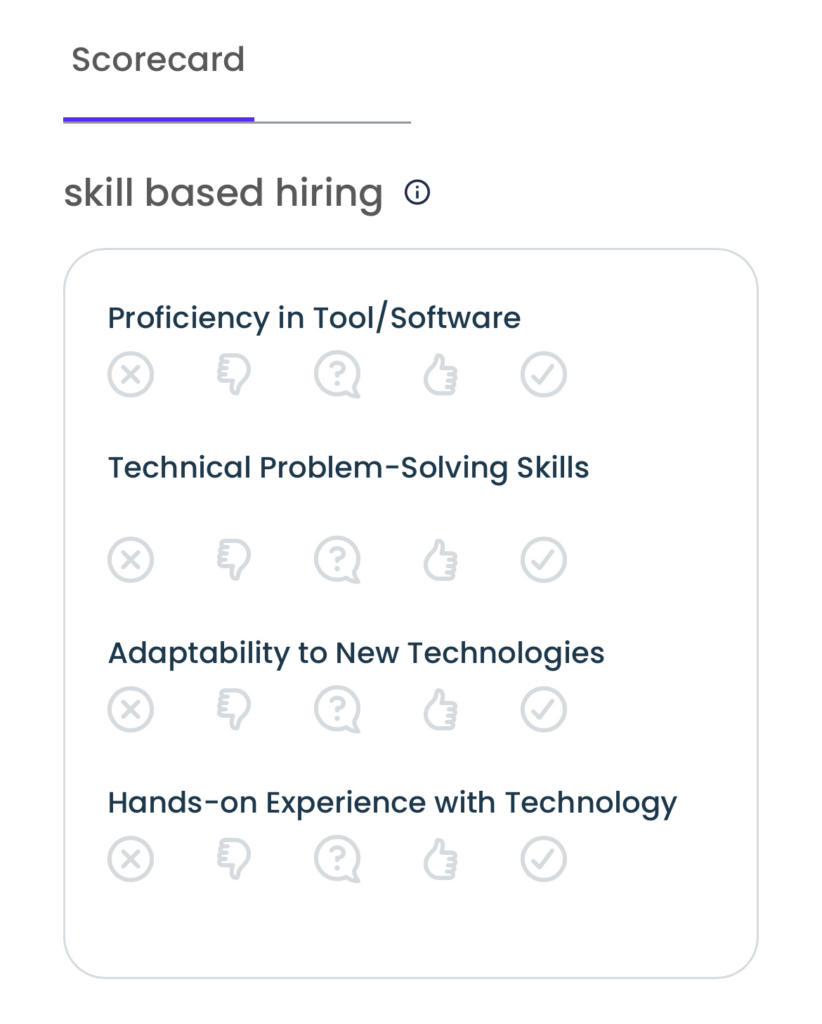In today’s ultra-competitive SaaS landscape, speed is everything. You need to get your product to market quickly, scale quickly, and onboard new customers quickly. However, one area that many SaaS companies overlook in the speed department is hiring. But with HireDNA’s AI technology, you can identify, evaluate, and hire top talent swiftly, seamlessly, and with the utmost confidence.
Here’s what you need to know about the new version of our platform with enhanced AI capabilities and how to get started.
How HireDNA’s AI Sales Hiring Process Works
Within the past few years, it seems as if AI has been integrated into seemingly every imaginable aspect of business, and SaaS hiring is no exception. While plenty of platforms utilize AI in some capacity, HireDNA uses a very distinctive process that can be a true game-changer for today’s SaaS companies.
It starts by us first learning about your company’s unique needs — your goals, your sales environment, and what your ideal candidate looks like. Next, our team of experts uses our AI technology to source top industry talent to locate the most elite SaaS sales professionals that perfectly match your ideal candidate profile.
From there, each candidate is thoroughly screened and evaluated using a combination of AI-driven scoring and recruiter-led interviews. Finally, once we’ve shortlisted the top candidates, we send you their information so you can schedule interviews and ultimately hire your favorites.

What makes our AI technology so valuable is that it allows us to objectively evaluate candidates using a science-backed process that quantifies critical core competencies. With HireDNA, factors like experience, education, role, hard skills, soft skills, and cultural fit are all taken into account so that candidates are chosen based on their true capabilities rather than just a hunch.
This lets you look much deeper than just a resume and cover letter and truly understand what each candidate brings to the table. In turn, you can eliminate bias and assess salespeople at all angles, while analyzing important soft skills that have been notoriously difficult to gauge in the past.
Here are some of the key features you get with HireDNA.
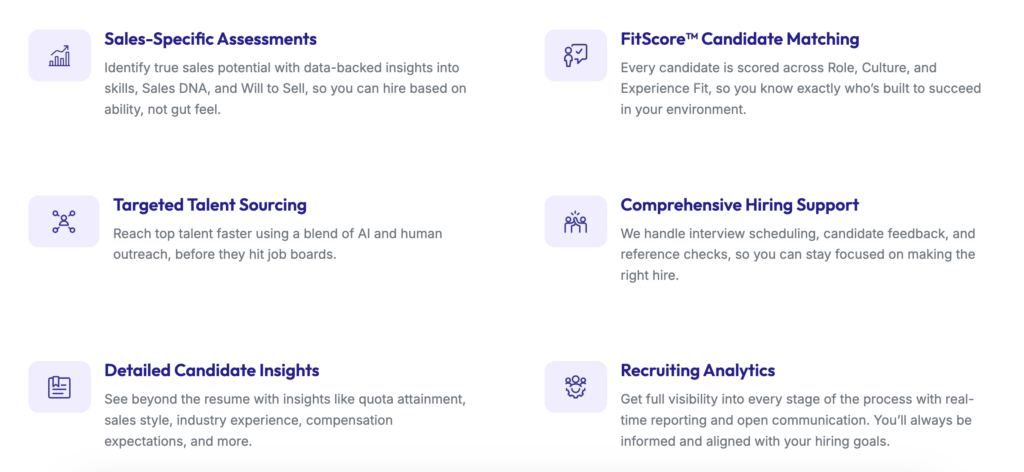
The Results
At the end of the day, it doesn’t matter how many bells and whistles a SaaS sales recruiting platform has if it doesn’t lead to tangible, real-life results. To provide perspective on the exact impact of implementing HireDNA into your recruiting processes, here are the quantifiable results that it has had for SaaS companies that have used it across the board.
First, it leads to 50% faster recruiting, allowing recruiters to fill critical positions in half the time that it took prior to using HireDNA. By instantly disqualifying unqualified candidates, creating ultra-tight shortlists, and offering insights into candidate abilities before initiating contact, this helps eliminate many of the bottlenecks that have plagued SaaS sales recruiters in the past.
In turn, you can skip a lot of meticulous tasks and quickly find the true elite candidates, which creates an immense competitive advantage where many other companies are slow to the punch.
Next, there are 50% fewer mis-hires with HireDNA, largely because it helps you eliminate much of the guesswork involved in sales hiring and lets you objectively score each candidate based on essential core competencies. By having a specific ranking, it’s easy to compare candidates side-by-side and accurately determine how well they’ll perform in your unique sales environment, while taking cultural fit into account.
And given that hiring the wrong person can cost around $80,000–$150,000 annually for a mid-level rep and much more for senior roles, this not only saves you time but can save your company a ton of money in the long run.
Third, 90% of salespeople who receive an offer after being vetted through HireDNA go on to accept the offer. That’s huge! In a sales recruiting world that’s become insanely competitive, being the first company to officially give an offer can make a world of difference for winning top talent before your competitors do. In fact, research has found that 89% of sales candidates accept the first offer that’s given to them.
And when it comes to retention, a whopping 83% of reps that are hired through HireDNA remain with their company after 12 months. This is crucial because it allows you to establish a strong foundation of sales professionals, which is a necessary precursor to long-term growth and stability. Plus, those reps can be instrumental in mentoring other reps that you hire later on down the road.

The Cost of an In-House Sales Recruiter vs. a HireDNA License
Quality recruiting isn’t cheap. Costs can vary, but in most cases, hiring a fully-loaded in-house sales recruiter typically costs between $100,000 and $150,000 when you factor in salary, along with benefits and taxes.
But with HireDNA, you can gain access to the same level of firepower for dramatically less.
To quantify, the Starter plan, which offers one sales profile and up to four hires, costs just $44,000. And the Growth plan, which offers two sales profiles and up to eight hires, costs $72,000.
Even the most expensive Scale plan, which offers three sales profiles and up to 12 hires, costs $86,400, which is still much less than the cost of hiring one full-time in-house recruiter.
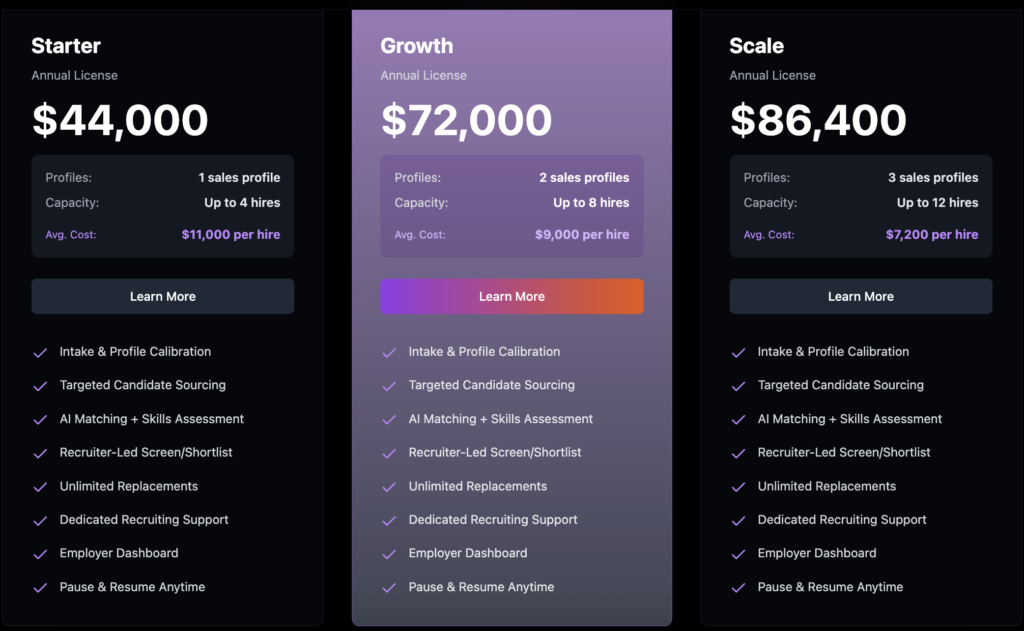
Besides that, your SaaS company gets to leverage access to cutting-edge AI sales recruiting technology and a dedicated team that knows your culture inside and out and delivers candidates who align with it.
Using HireDNA’s AI to make your SaaS Sales Hiring a Sure Thing
It’s an exciting time for SaaS sales recruiting. No longer are we stuck with outdated processes and relying on intuition to make hires. AI-driven technology like HireDNA has laid a new groundwork that helps SaaS companies consistently make A+ hires at scale, while saving time and money.
We’ve covered most of the key points in this post, but you can get a detailed overview of HireDNA’s AI here.
Or if you’d like to speak with one of our experts and get a demo, schedule a call today.


